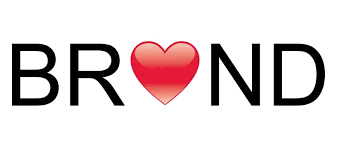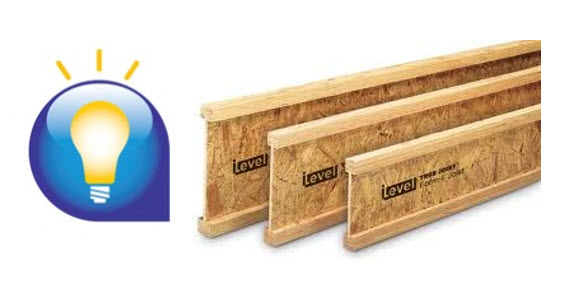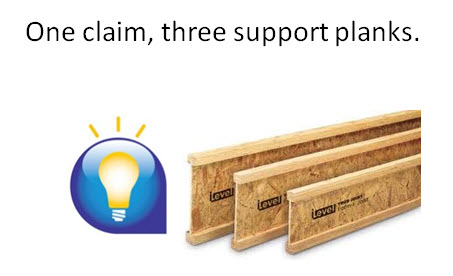Brand Love.
I was thinking about love yesterday. What an interesting topic. Love, as in , between two partners. Love that leads to marriage or life-long companionship. How does it begin? How does it end? How does it sustain? Understanding how love works is an interesting analog for brand planning. Because when all is said and done – and is love ever done? – that’s what brand planning is all about. Creating a di-directional relationship between a product/service and a person. If you love a brand, you are likely to purchase it.
So job one is plotting how love comes about. Words like attraction, interest, familiarity and desire come to mind. But we know many people who are married or partnered up who say “When I first met Davie, I didn’t really like him.” So I guess first impressions aren’t always indicative of love. Conversely there are many “love at first sight” stories that start out well but don’t last. College anyone?
Looks or physical attractiveness isn’t what love is about. It may be a contributor initially, but it’s not foundational. And that’s what brand planners must concern themselves with. How to build a consistent visage and behavior pattern that allow love to occur and flourish.
I’m going to be looking into this notion over the next few months.
Stay tuned and please feel free to weigh in. If my blog messaging app (Disqus) does not work please write Steve@WhatsTheIdea.com.







